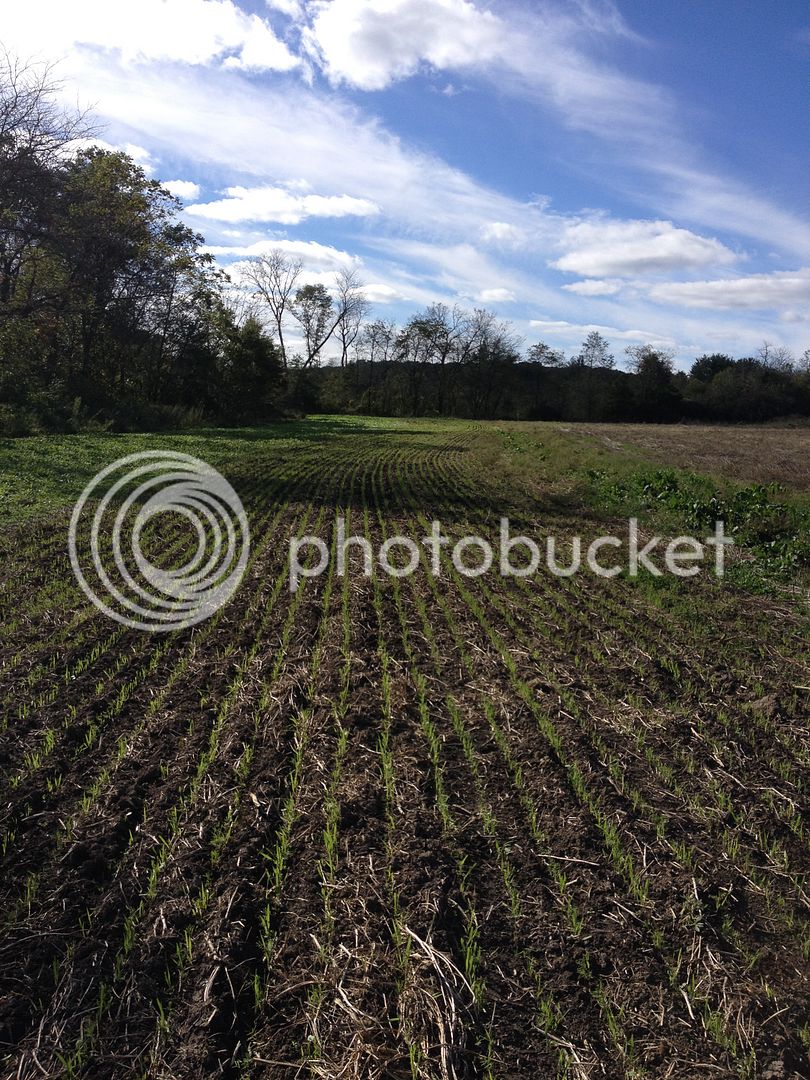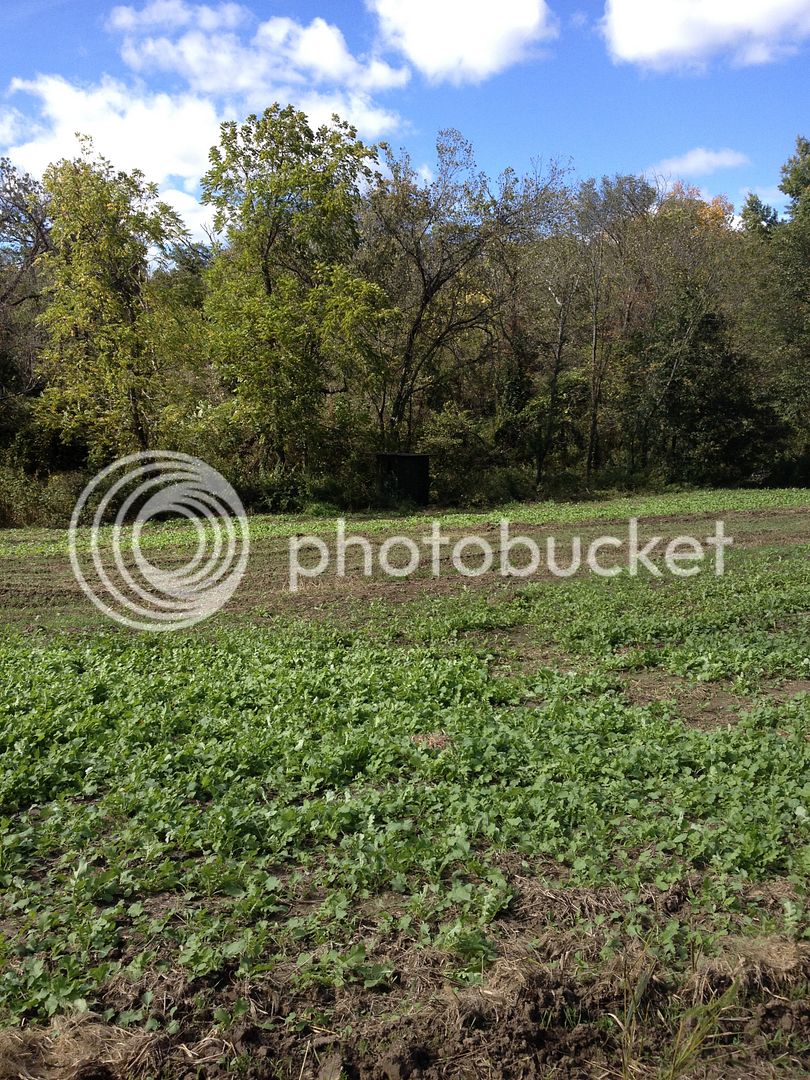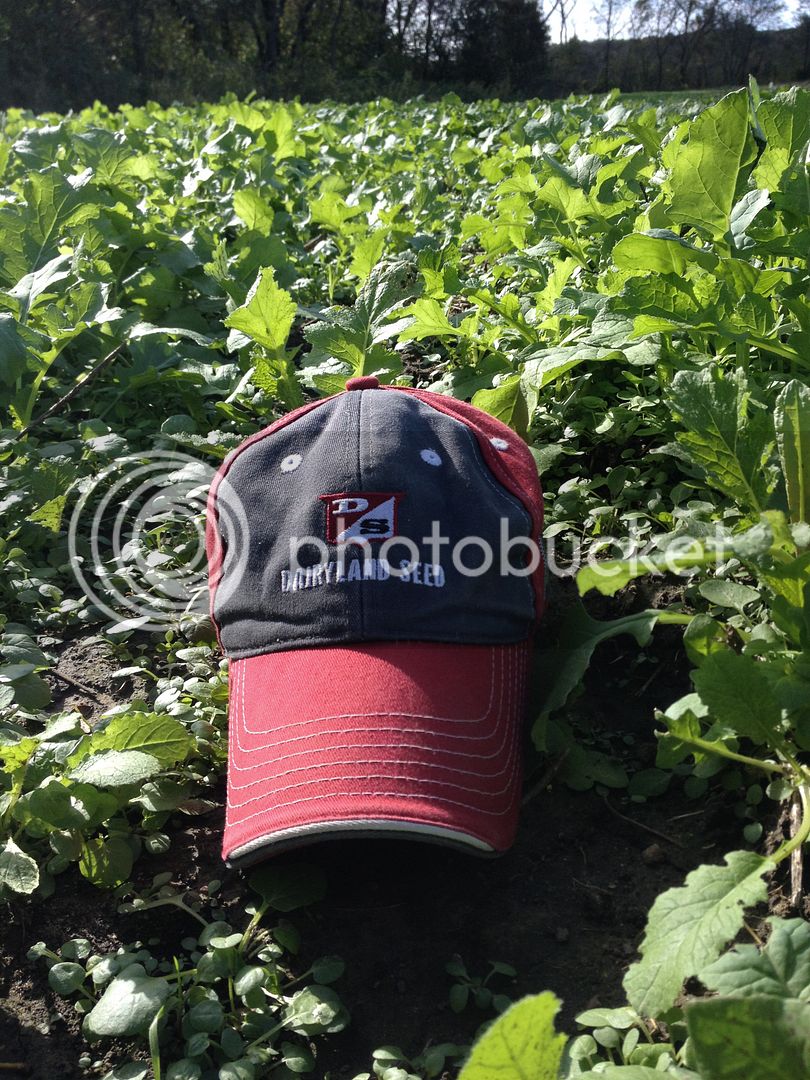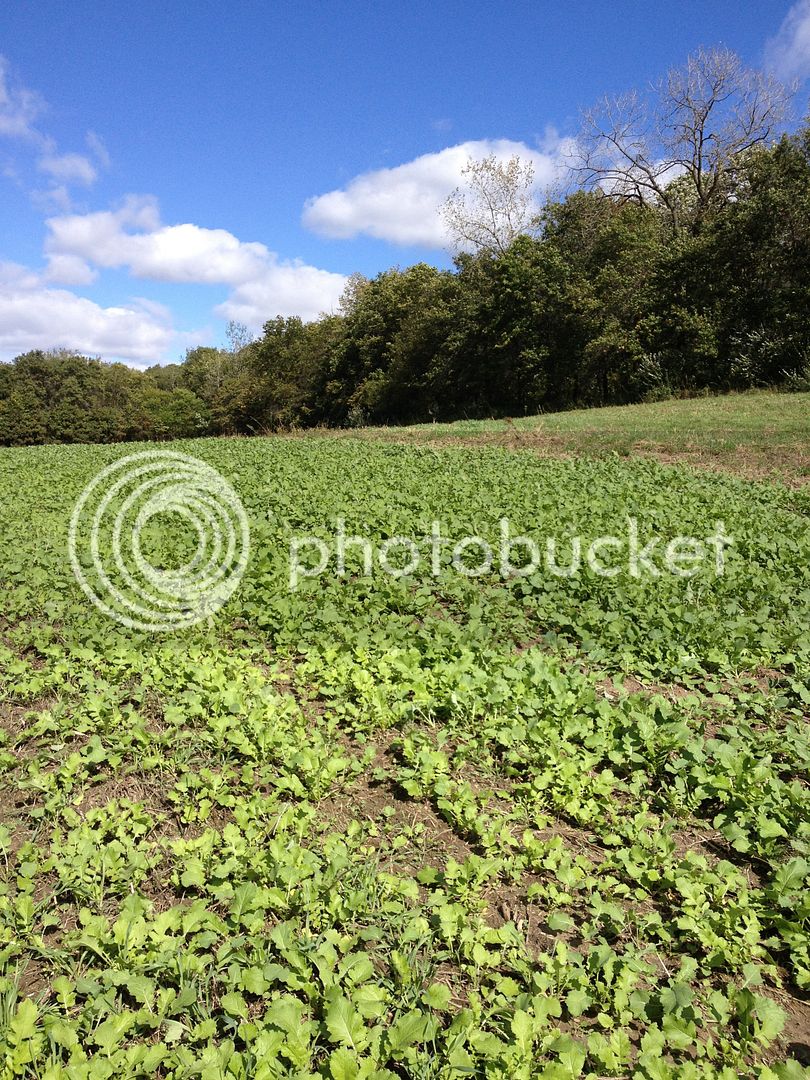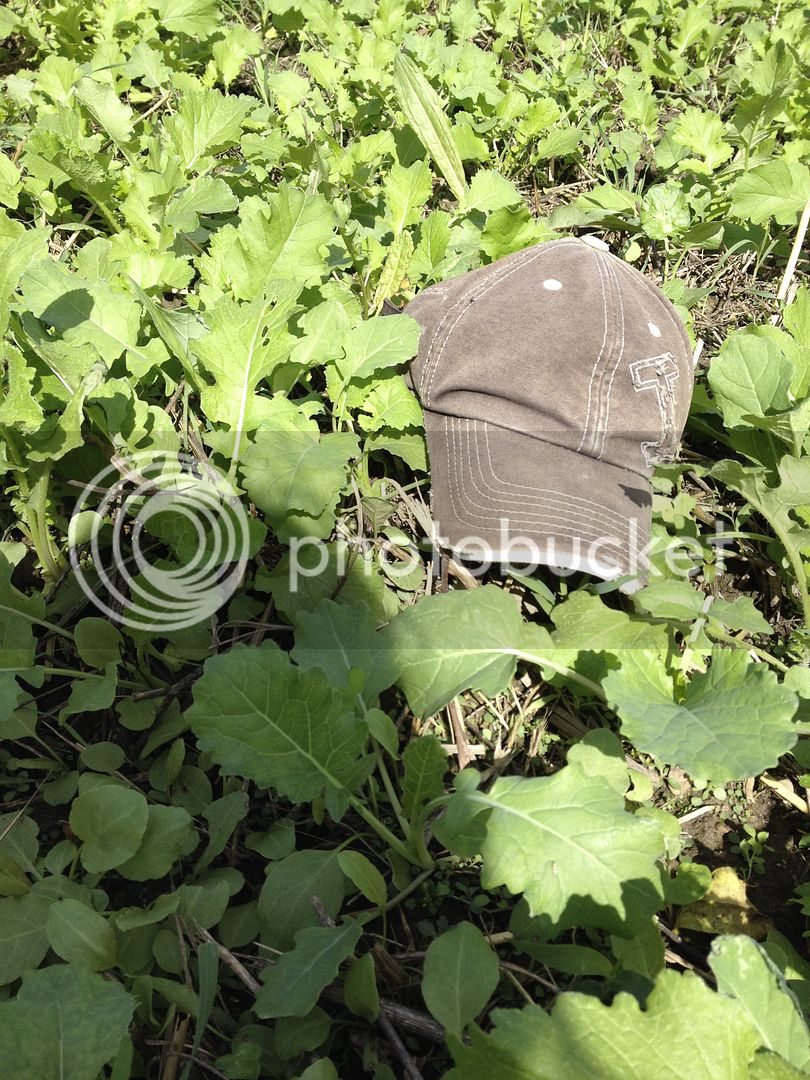D
Dbltree
Guest
PDF files are available at the bottom of Dbltree's post showing the pictures he posted
October 1st, 2014
Jess planted these brassicas the end of July on a farm where we have been using brassica /rye mix crop rotation four years now. The ground is nothing to write home about but since growing these crops, the soil produces outstanding yields.

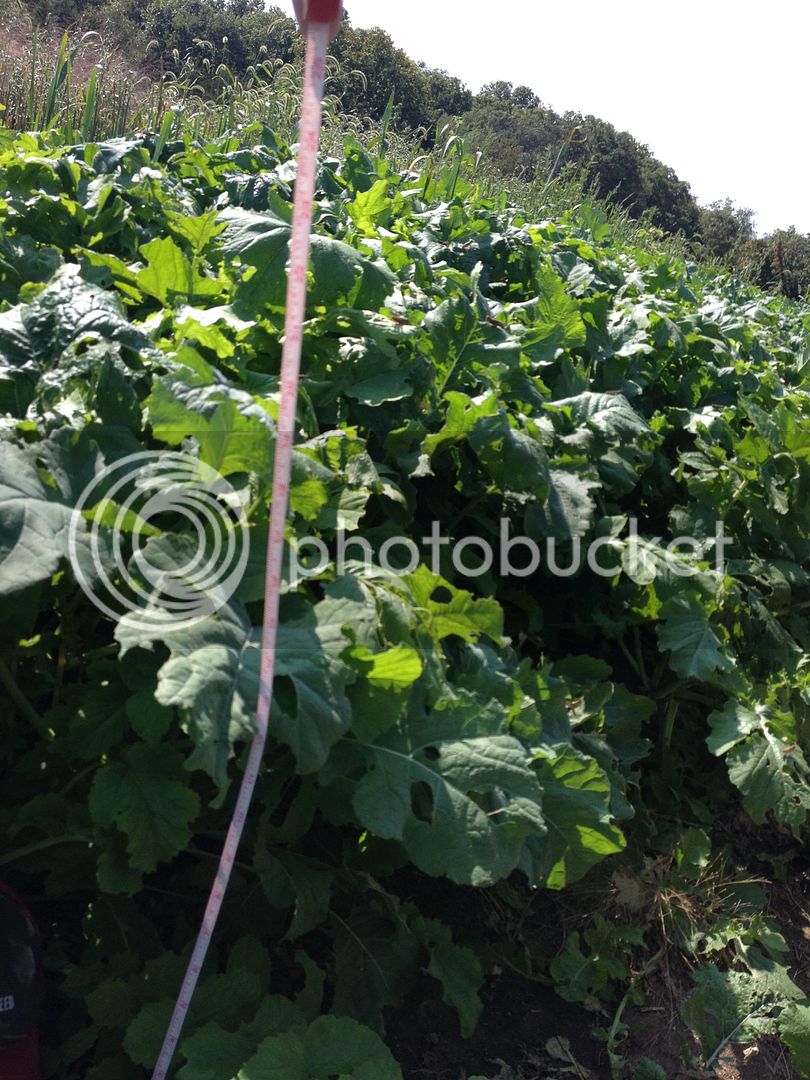
With white clover around the perimeter the plot holds whitetails 365 days a year. In 4 years we have endured 2 record wet years and 2 record breaking drought years. Perhaps it's global warming or just coincidence but the weather is hard to ignore lately.
No one gives thought to improving soil with the crops we plant to attract whitetails, until... The crops fail and their hunting season fails as well.

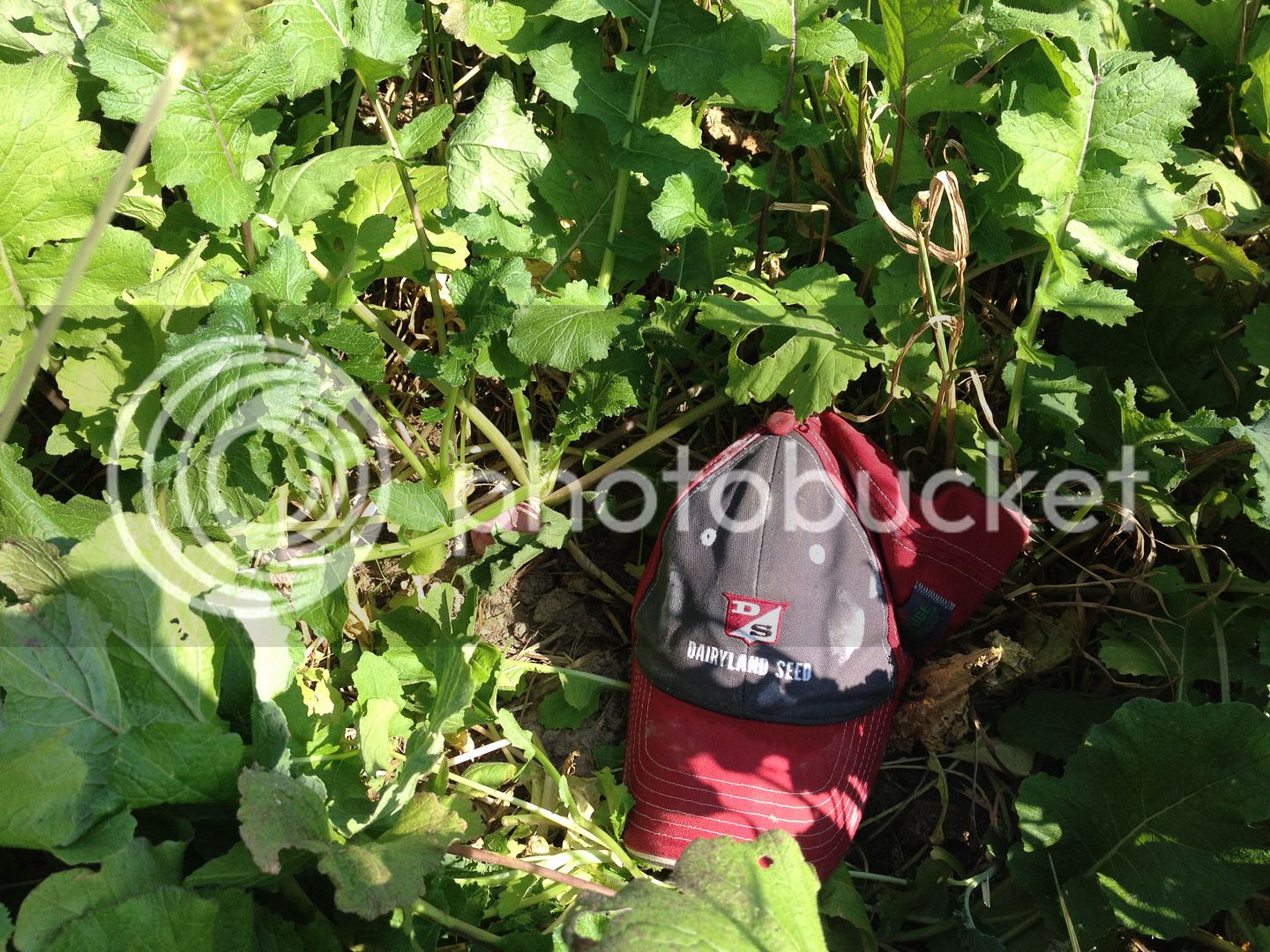
This year heavy rain's leached nitrogen deeper so many brassicas turn yellow, they also can drown in waterlogged soils. Urea 46-0-0 broadcast just before a rain can help and loosening hardpan soils with rye and forage radish can allow water to drain into subsoil, reducing the amount of water trapped in the top soil. This in turn reduces the likely hood of crops starving for oxygen because of water filled soil. Flooding of course it is another story and may require replanting to rye mix.
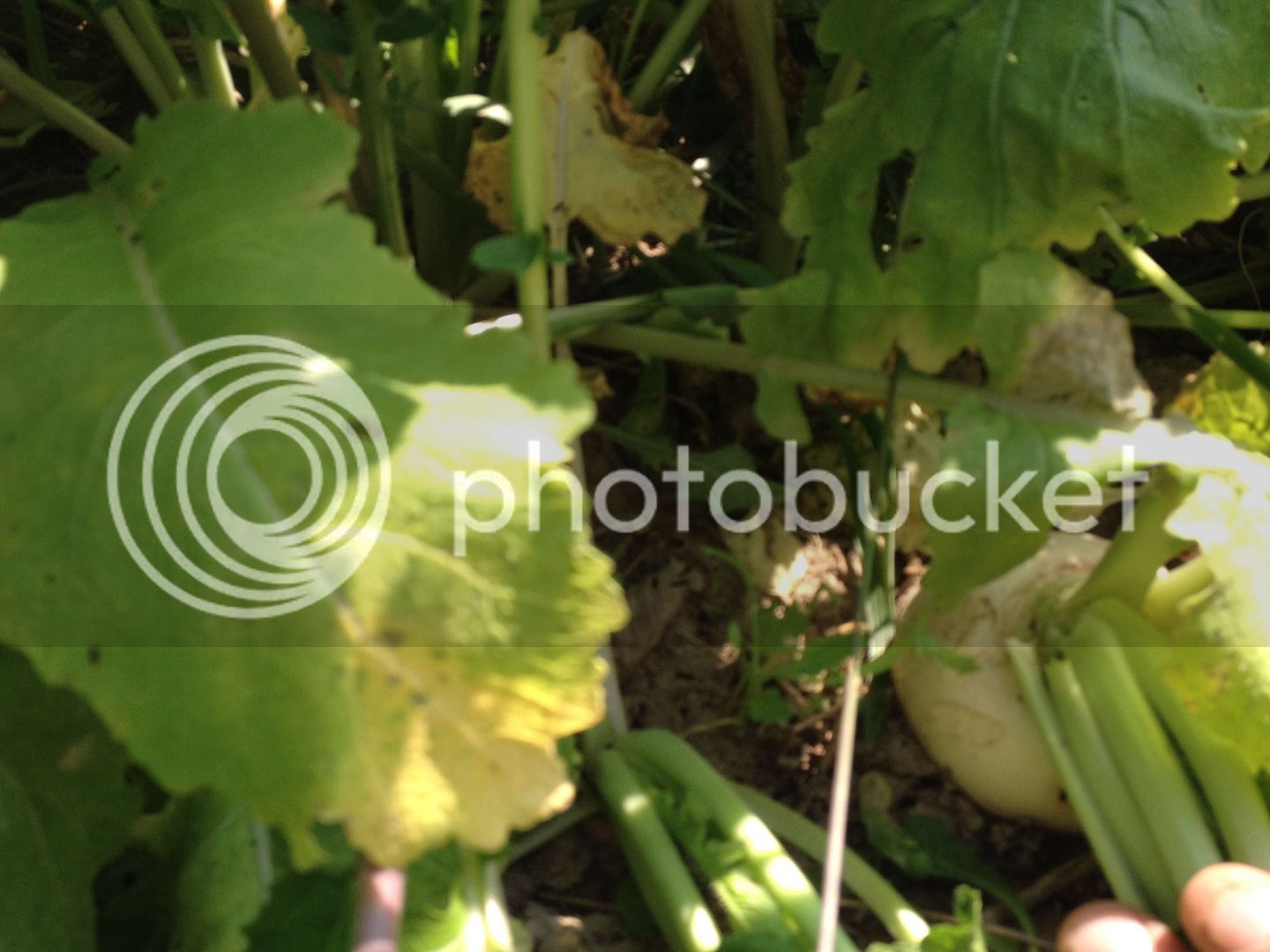
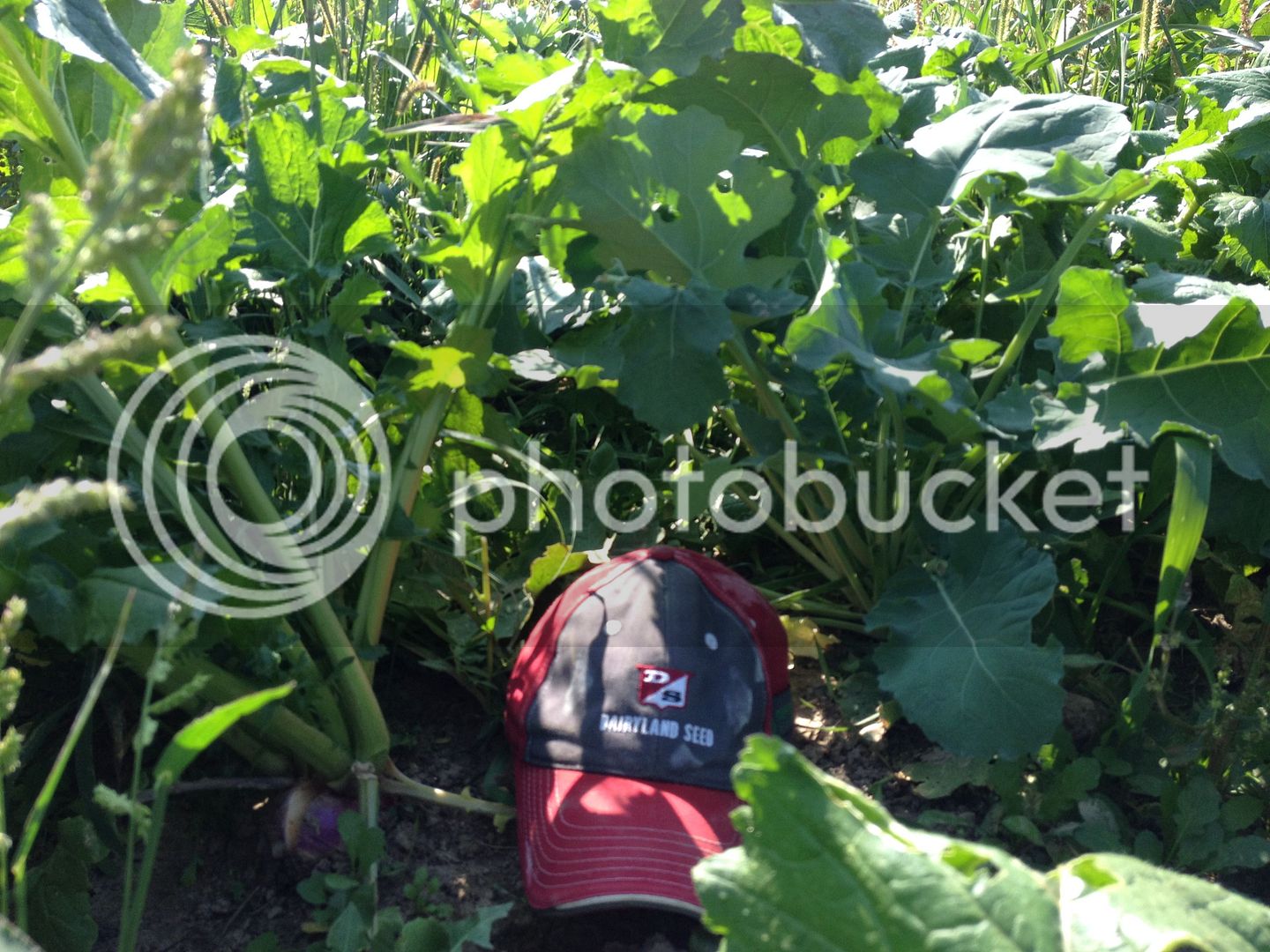
There are new comers visiting these forums, searching for answer's on how to successfully grow food plot's for whitetails on a daily basis. Knowing this I post information that is old news for some but brand new to others, it's is my way of serving Christ in the time I have left.
Brassicas can potentially yield 12000 to 16000 lbs per acre which is more then 200 bushel corn and not many plotters can grow that kind of corn! On the other hand top brassica yields are possible (within the soil and weather limitations) by even novice plotters with minimal equipment.
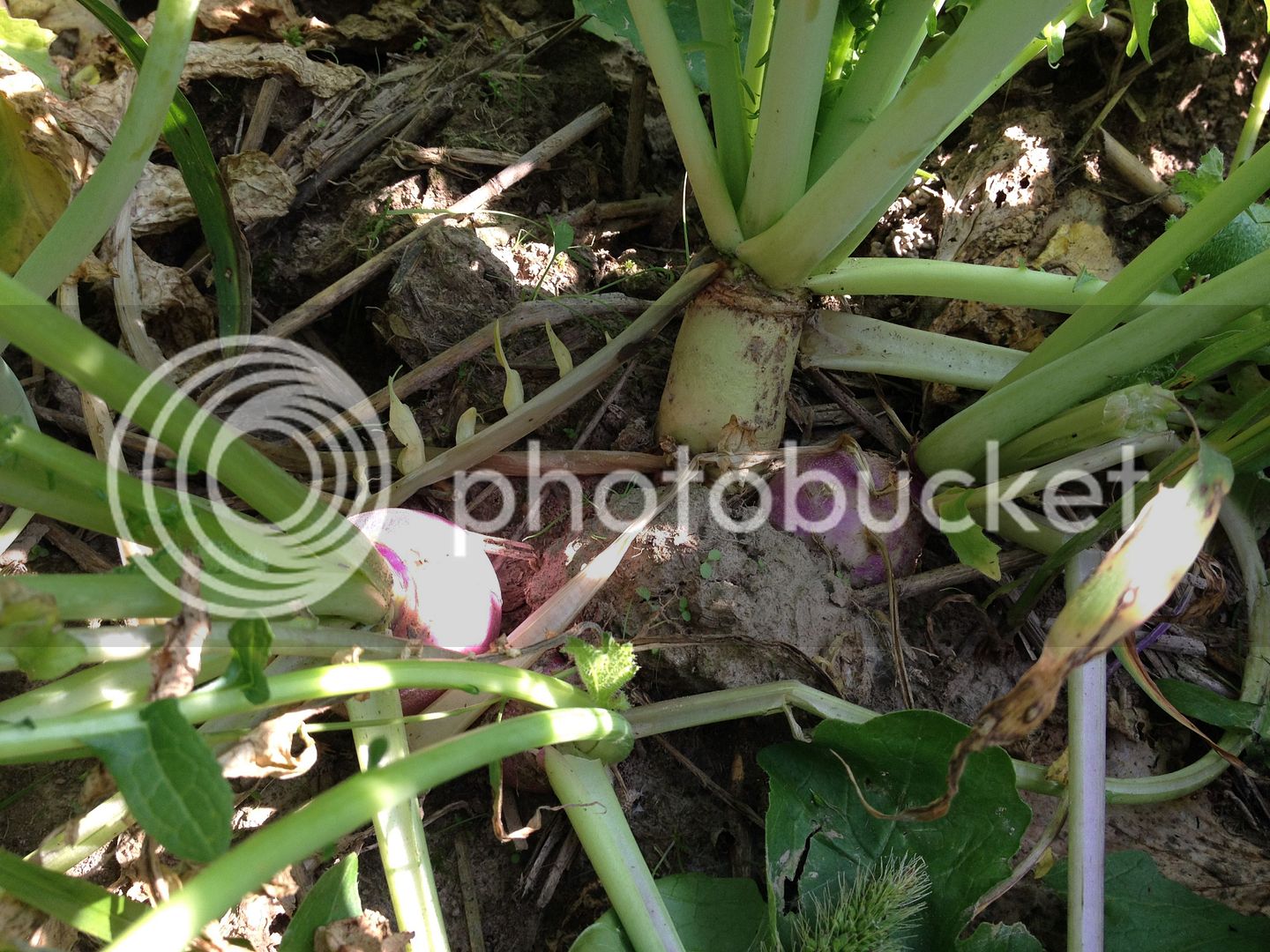
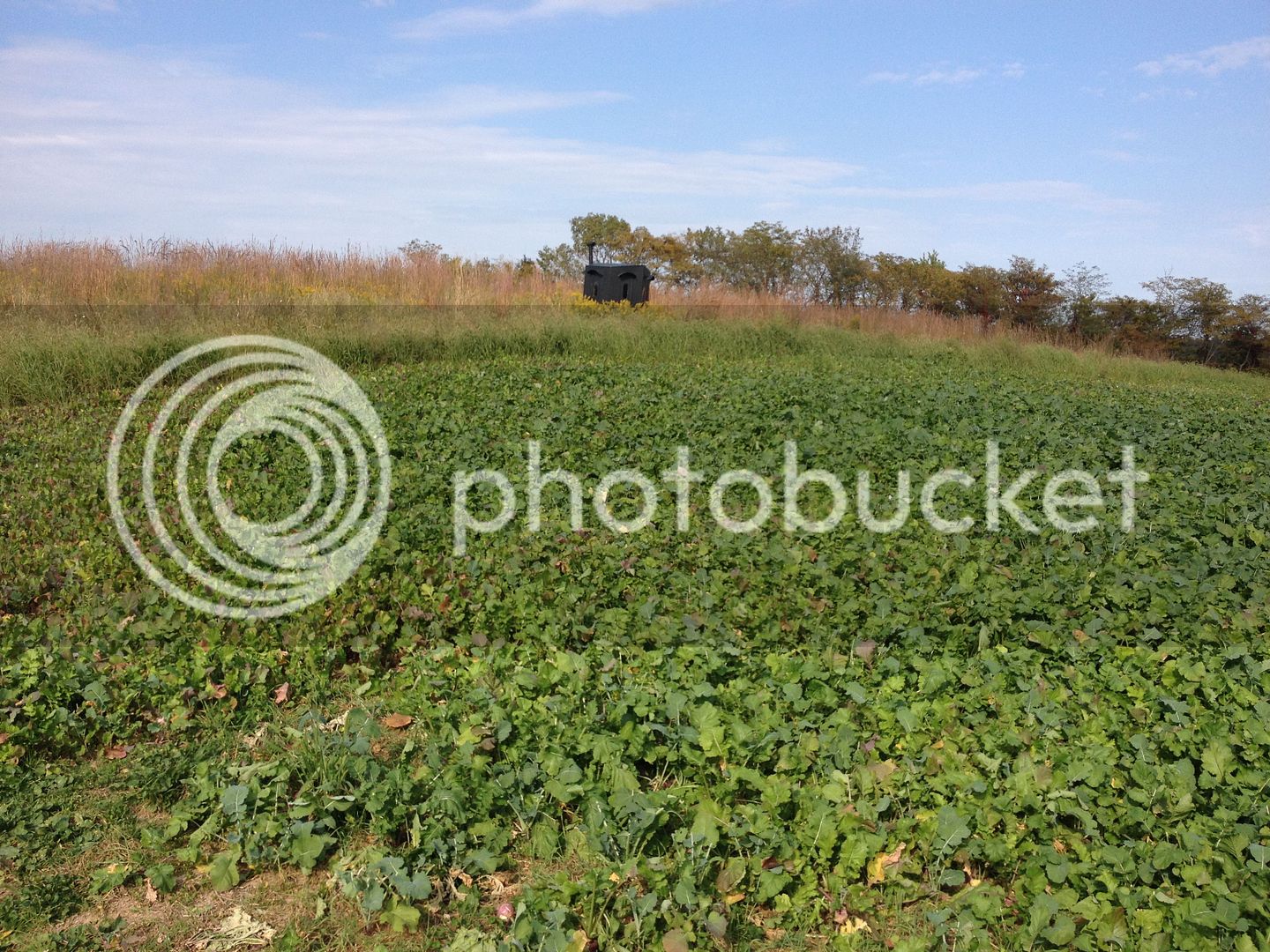
The problem for many is keeping the brassicas from getting wiped out, that is where the 3 different brassica species, rye mix and clover work together to keep deer from decimating brassicas or any crop for that matter.
Forage radish are one of the most attractive, appealing, palatable food sources I have ever tested on whitetails. They generally don't eat it until it is at least 4-6 week's old giving it a chance to grow. Because deer focus on FR first they allow the rape and turnips to grow and mature, FR are not a late season crop but serve their purpose as part of our habitat program.
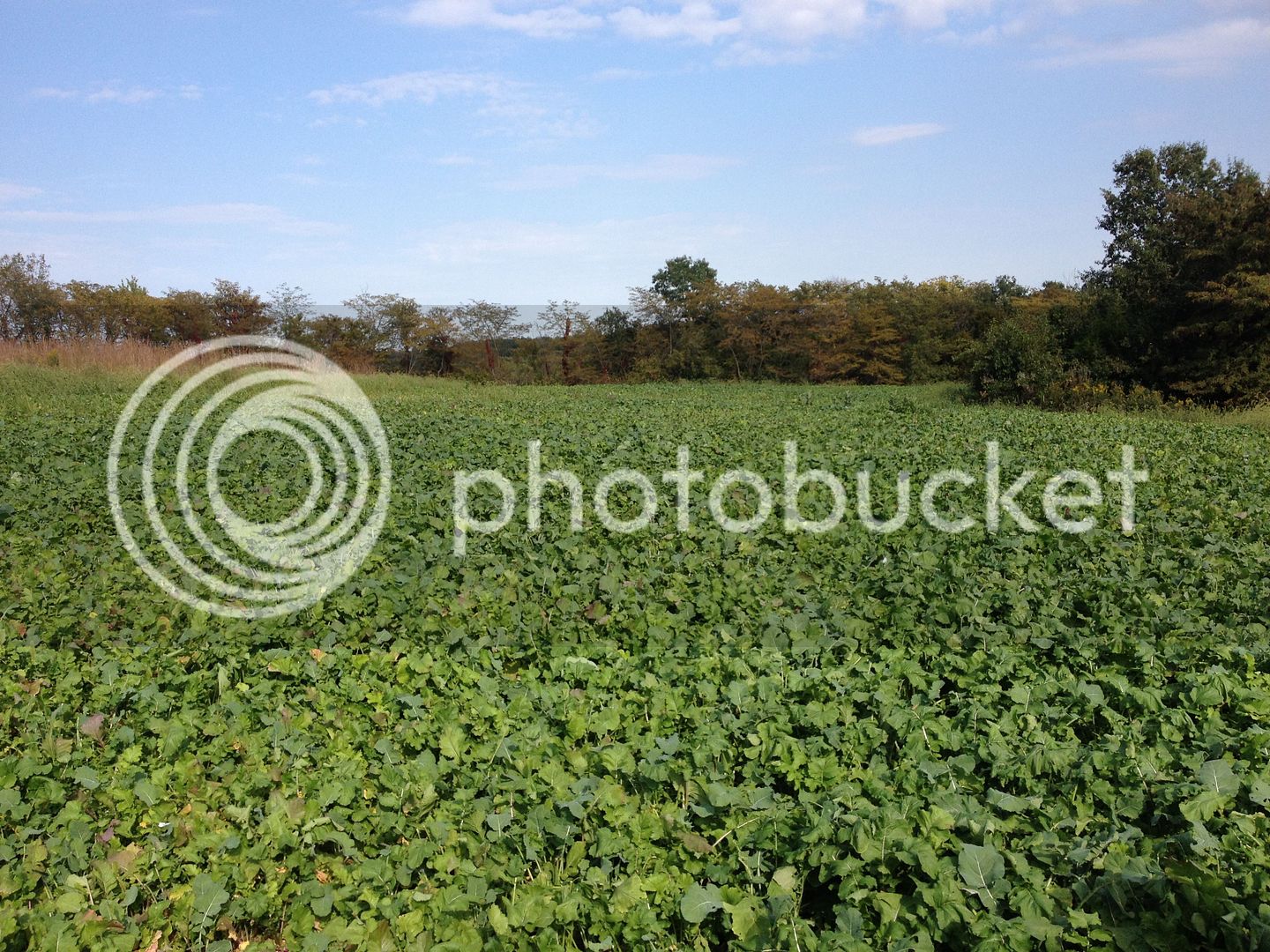
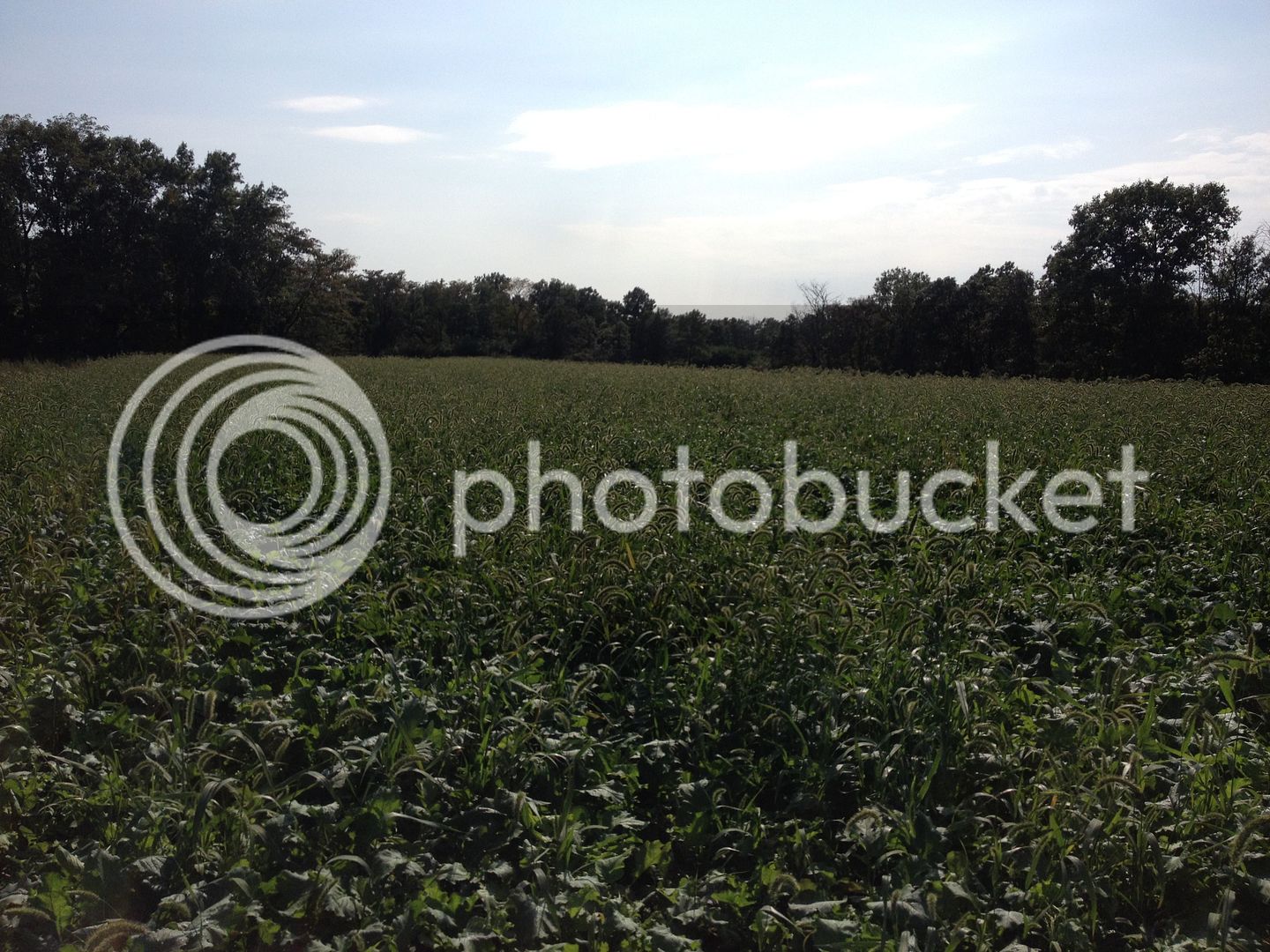
Because whitetails self thin the FR we can plant the brassica mix at almost twice the recommended rate. This helps insure that the rape and turnips are left to grow and serve their intended purpose as late season food sources. Rape is incredibly winter hardy, staying green often into January and cleaning up leaves well into March! Turnips provide both forage and a huge supply of root's which keep hungry whitetails digging through knee deep snow in the bitter cold months of winter.
Corn is easily decimated by coons, squirrels, crows and often requires expensive fencing to keep whitetails from destroying it long before season. Soybeans also require fencing and yields are a fraction of that of brassicas and in side by side testing we found that though deer ate both brassicas and soybeans they preferred the brassicas. This surprised us but the pictures don't lie!
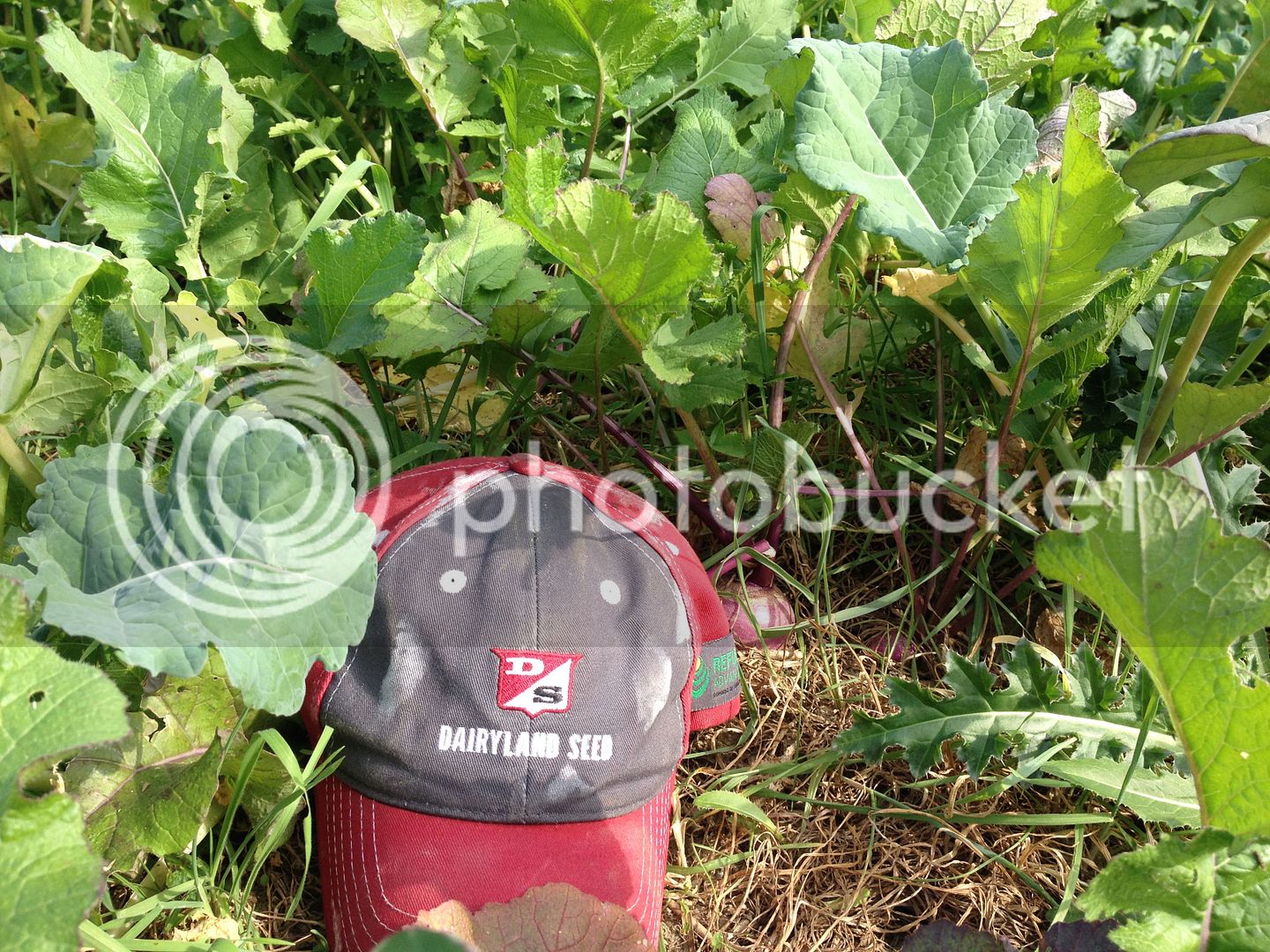
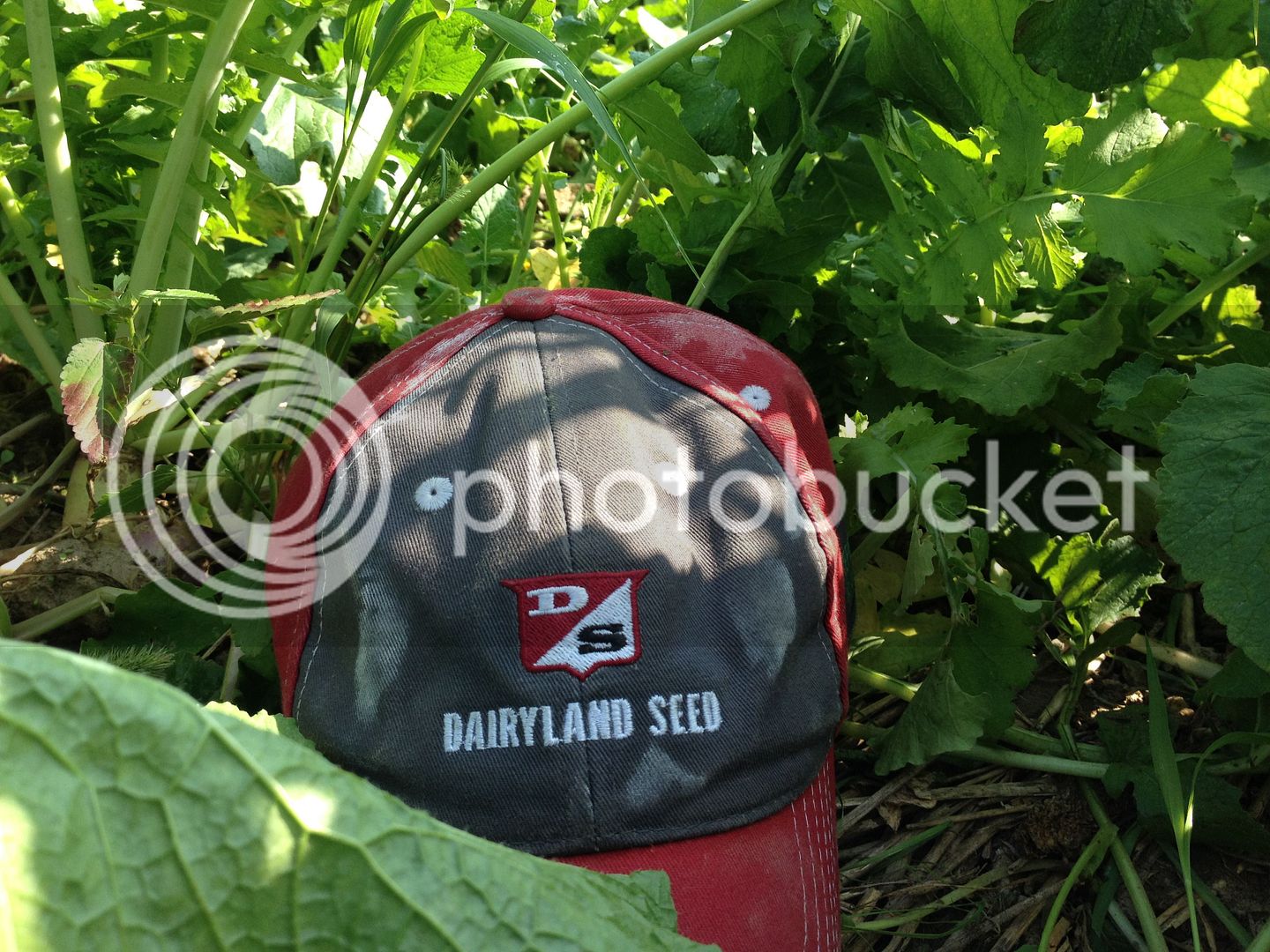
Brassicas then feed deer from mid August through mid February, so we depend on the rye mix and clover to provide food not only the rest of the year but more food when they are building fat reserves for winter.
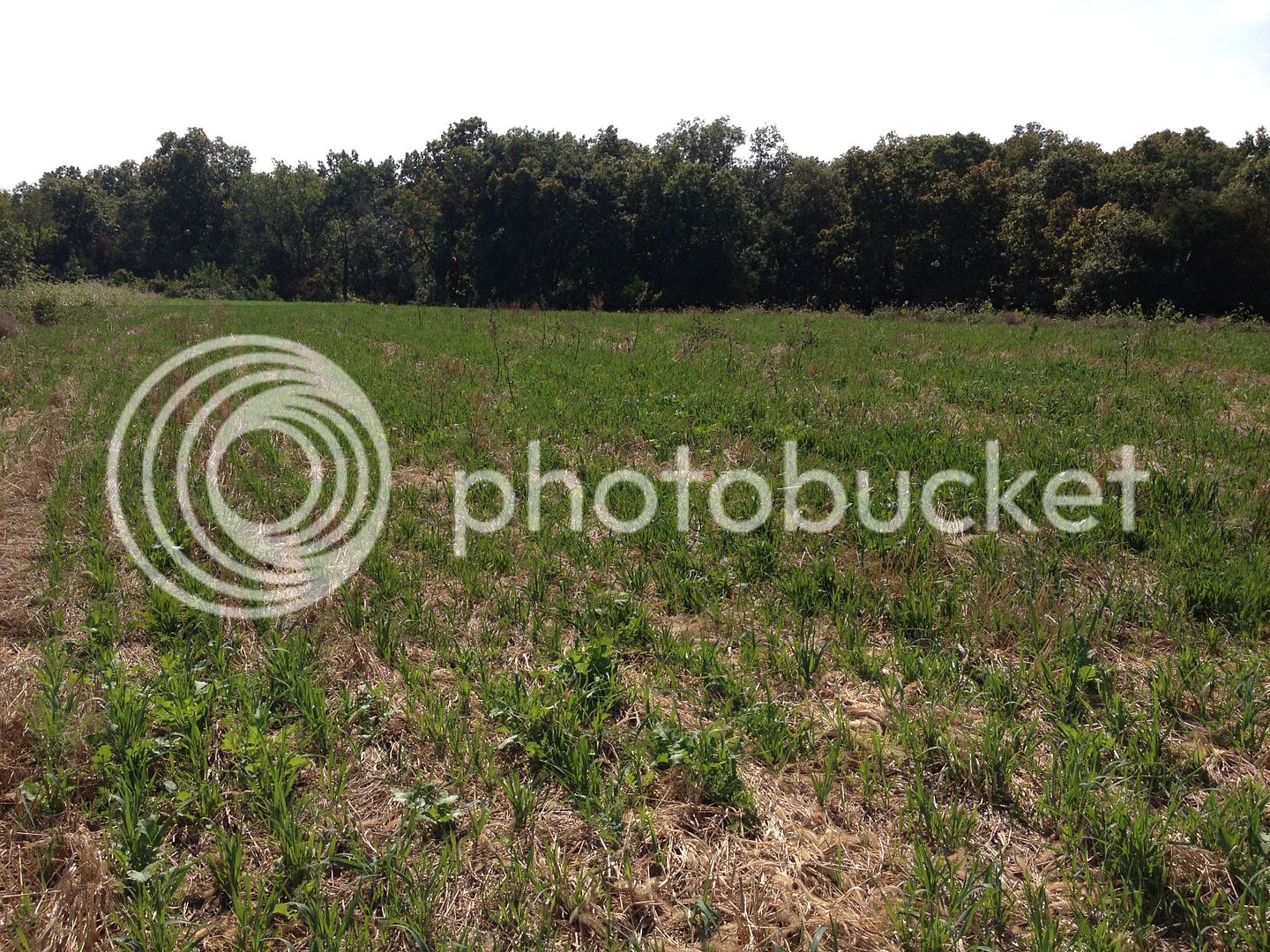

The rye, oats, peas, forage radish and red clover mix comes on by mid September and the lush forage proves irresistible to whitetails. The oats grow quickly so deer switch from brassicas to feeding on this brand new food source. Winter peas and a second crop of forage radish keep them from roaming or destroying our plot's before you have a chance to hunt them. Unlike corn and beans, these crops continue to grow some all winter long.
Many thanks to chickenlittle for rescuing Pauls pictures.
October 1st, 2014
Jess planted these brassicas the end of July on a farm where we have been using brassica /rye mix crop rotation four years now. The ground is nothing to write home about but since growing these crops, the soil produces outstanding yields.


With white clover around the perimeter the plot holds whitetails 365 days a year. In 4 years we have endured 2 record wet years and 2 record breaking drought years. Perhaps it's global warming or just coincidence but the weather is hard to ignore lately.
No one gives thought to improving soil with the crops we plant to attract whitetails, until... The crops fail and their hunting season fails as well.


This year heavy rain's leached nitrogen deeper so many brassicas turn yellow, they also can drown in waterlogged soils. Urea 46-0-0 broadcast just before a rain can help and loosening hardpan soils with rye and forage radish can allow water to drain into subsoil, reducing the amount of water trapped in the top soil. This in turn reduces the likely hood of crops starving for oxygen because of water filled soil. Flooding of course it is another story and may require replanting to rye mix.


There are new comers visiting these forums, searching for answer's on how to successfully grow food plot's for whitetails on a daily basis. Knowing this I post information that is old news for some but brand new to others, it's is my way of serving Christ in the time I have left.
Brassicas can potentially yield 12000 to 16000 lbs per acre which is more then 200 bushel corn and not many plotters can grow that kind of corn! On the other hand top brassica yields are possible (within the soil and weather limitations) by even novice plotters with minimal equipment.


The problem for many is keeping the brassicas from getting wiped out, that is where the 3 different brassica species, rye mix and clover work together to keep deer from decimating brassicas or any crop for that matter.
Forage radish are one of the most attractive, appealing, palatable food sources I have ever tested on whitetails. They generally don't eat it until it is at least 4-6 week's old giving it a chance to grow. Because deer focus on FR first they allow the rape and turnips to grow and mature, FR are not a late season crop but serve their purpose as part of our habitat program.


Because whitetails self thin the FR we can plant the brassica mix at almost twice the recommended rate. This helps insure that the rape and turnips are left to grow and serve their intended purpose as late season food sources. Rape is incredibly winter hardy, staying green often into January and cleaning up leaves well into March! Turnips provide both forage and a huge supply of root's which keep hungry whitetails digging through knee deep snow in the bitter cold months of winter.
Corn is easily decimated by coons, squirrels, crows and often requires expensive fencing to keep whitetails from destroying it long before season. Soybeans also require fencing and yields are a fraction of that of brassicas and in side by side testing we found that though deer ate both brassicas and soybeans they preferred the brassicas. This surprised us but the pictures don't lie!


Brassicas then feed deer from mid August through mid February, so we depend on the rye mix and clover to provide food not only the rest of the year but more food when they are building fat reserves for winter.


The rye, oats, peas, forage radish and red clover mix comes on by mid September and the lush forage proves irresistible to whitetails. The oats grow quickly so deer switch from brassicas to feeding on this brand new food source. Winter peas and a second crop of forage radish keep them from roaming or destroying our plot's before you have a chance to hunt them. Unlike corn and beans, these crops continue to grow some all winter long.
Many thanks to chickenlittle for rescuing Pauls pictures.
PDF's of the this thread with Dlbtree's photobucket images included.
Attachments
Last edited by a moderator:



